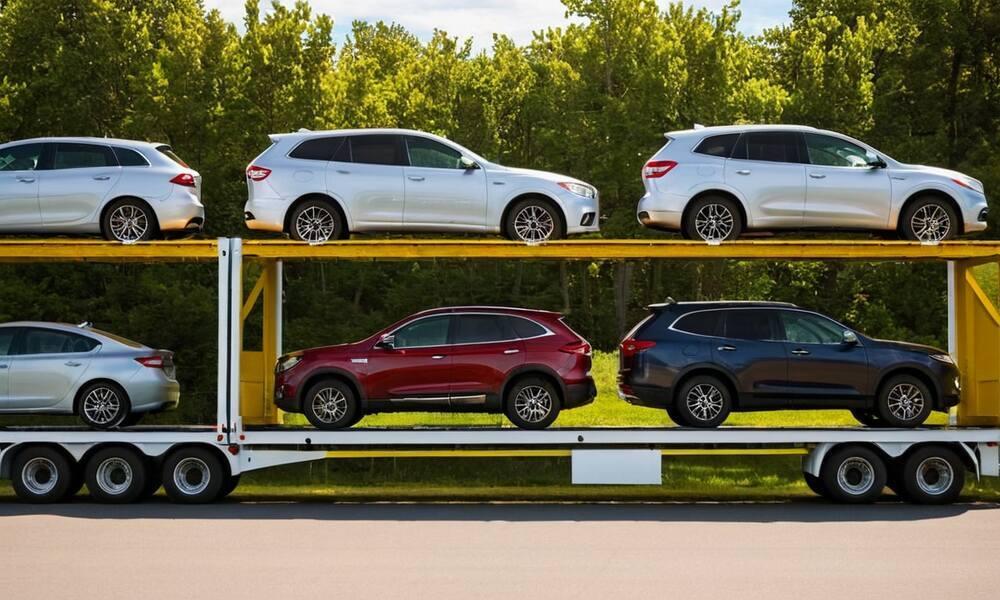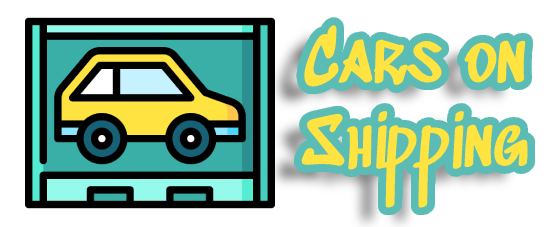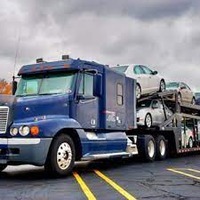When you’re getting ready to ship a vehicle—whether it’s the dependable sedan that’s handled every school pickup, the four-wheel-drive that’s eager for snowy trails, or the vintage coupe you finally sold to a collector on the other side of the country—taking a few quick pictures right before the tow truck backs in can feel like just another chore. But in reality, those shots might be the smartest move of the whole transaction. Let’s look at Car Shipping why dispatchers want them and how a few minutes with your camera can save you headaches worth more than the car itself.
You don’t need a fancy setup for the photos—just daylight and sincerity. Pull out your phone, stroll around the car at an even pace, and snap shots from every corner outside. Then pop open the doors and shoot the dash, seats, and floor. The goal is to capture how the car looked the moment you cut the ignition, so the broker and driver can recognize every scratch, stone chip, or dent that was already part of the car and never part of the guesswork.
The transport company rep snaps these photos while your vehicle rests on the inspection bay, about to roll onto the truck lift. The act feels mechanical, yet it’s pivotal. The new images form a shared Car Shipping, precise record of your car’s state so the shipper and its ultimate owner know exactly what to expect the moment the wheels lift off the lot.
So why do those pre-trip pictures hold such heft?
1.Forging a Durable Barrier Against Damage Claims
The principle is plain: those shutter clicks are a firewall against damage disputes. The frames stand as a formal, date-stamped dossier showing any blemishes already marked on the body before the vehicle is strapped to the rack. If anything, minor or major, surfaces during the haul, those images yield a clear before-and-after tableau, offering every party a clean, rule-governed point of reference for piecing together the timeline.
Absent those inspection records, proving the car’s condition at the moment it rolled onto the lift borders on the impossible. That omission invites conflict and doubt about which dents, scuffs, or mechanical quirks belonged to the road and which were already part of the chassis.
- Coverage and Liability Considerations
Most insurers extend protection to vehicles held in their custody, but the specifics of what is covered—and the maximums that apply—differ across companies. Our consistent practice of capturing a full suite of high-resolution inspection images during the afternoon check ensures that the final policy reflects the car’s appearance from the instant it enters our care. Should an incident occur in transit, those identical images serve as the neutral, authoritative record we submit to each claims adjuster.
By securing a clear, date-stamped record of the vehicle’s condition the minute it departs the showroom, we accelerate claims whenever new surface damage surfaces. Straightforward, indisputable evidence reduces the burden on the owner, the transport office, and the insurer alike.
- Nipping Hidden Damage in the Bud
Sometimes the defect is there to see but does not register with an untrained observer. A small scrape, a hairline crease, or a millimeter-wide gap between panels may catch the light just so yet remain subdued. The same digital gallery that safeguards the coverage also reveals these quiet issues, converting the car’s condition into a shared vocabulary that owner and carrier both understand.
Spot a weak bumper support before the trailer wheel rolls out the gate, and it’s a win. Find it after the truck arrives at the dealer’s body shop, and the pain and expense climb. Nail the problem early, and the fix stays quick and wallet-friendly.
- Crafting a Sharp Shipping Record
When the miles get long and state lines get crossed, ironclad paperwork isn’t an option—it’s the price of entry. Pre-inspection snaps stand as the spine of that record, granting a crystal-clear baseline everyone can refer back to. The shots ride with the car from pickup to drop. If a new scratch shows up—or an odd ripple—those images let you nip it before it fades into an argument.
When shipper, carrier, and vehicle owner can hover over the same set of untouched images, the gossip racks up zero miles and the headaches stay parked.
What to Grab in Pre-Inspection Shots?
Your pre-inspection set has to sweep the car from bumper to bumper. Leave no blind side. Don’t skip these must-have angles:
Full Exterior Shots: Frame the vehicle from the four cardinal points—front, back, driver’s flank, passenger flank—plus a clean overhead. Every frame must burn in any pre-_existing scratch, ding, or ripple.
Detailed Damage Close-ups: When you catch a deep dent, bold scratch, or a patch where paint is missing, lean in close with your camera. Fill the frame with the imperfection. That way you seal the evidence beyond dispute before any repairs begin.
Tire Overview: Circle the vehicle and shoot each tire from the side, the front, and the back. Capture the tread depth ruler so it’s legible, zoom in on the branding, and look for cracks or bulges on the sidewall. Those clear angles and timestamps prove the tires were safe the moment you loaded them, guarding you against later liability.
Complete Interior Walk-Through: Move your camera steadily through the cabin: seats, dash, and door cards, one after the other. Pop the glove box, lift the console lid, and peer into the trunk—shoot each hidden pocket. That way, any tiny scuff in a snug corner can’t mutate into a disputed charge later.
Odometer Verification: Frame the odometer backlit so the mileage gleams, and make sure the camera’s timestamp is in the corner. That single shot freezes the mileage the moment the truck leaves your hands, making it tricky for someone to dispute the numbers after delivery.

Who Takes the Photos?
Usually the transport driver or someone they designate will snap the pre-inspection shots at the pickup spot. They’ll move around the Car Shipping, searching for any pre-existing dings and scratches, and capture pictures of any flaws they come across. Some firms might also ask the owner for a set of images taken a few days earlier, but the crew at the pickup site always does the final check and the paperwork.
Along with the images of Car Shipping, the person on site will fill out an inspection checklist marking every scratch, dent, and other irregularity. The owner and the driver then both sign the checklist, creating an official record of the vehicle’s condition at the moment the transport begins. That record provides a protective layer for the driver, the transport company, and the owner, making future disagreements less likely.
Can I Skip the Pre-Inspection Photos?
It might feel easier to skip the pre-inspection and load the vehicle right away, but the photos are far more than another task to check off. They record the vehicle’s exact state the moment it is handed over, drawing a clear line that keeps the driver, the transport company, and the owner shielded from later disputes.
When a scratch or dent crops up after loading and you don’t have the arrival photos, speculation, not data, takes center stage. Rivals’ theories creep in, slowing warranty nods and tossing insurance questions into limbo. Lacking proof of the car’s condition upon pickup, everyone starts painting theories, and the carrier stands defenseless.
The takeaway
Shoot the car, every single time, no exceptions of Car Shipping. Those images seal the deal that the vehicle was pristine when handed over and shields the carrier from frivolous damage bills. Whether the owner or the driver does the snapping doesn’t matter—what counts is the bulletproof evidence. Those photos ensure every mile from the first driveway to the last is clear and trouble-free.
At Carson Shipping, we make auto transport a breeze. Our experienced crew treats each vehicle like a prized possession, logging its state with thorough pre-load images and following a strict set of protocols to keep it secure the whole way. Reach out for a free, no-pressure quote today, and we’ll walk you through moving your car safely and swiftly.

